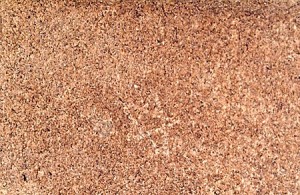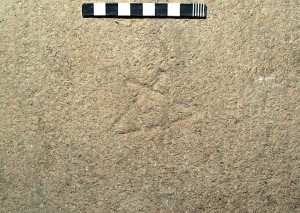Looking closely at the stonework of old buildings, it is possible to find symbols carved into individual stones. These are known as mason’s marks. There are a very wide range, but they are usually made up of straight lines because curves would be more difficult to carve. Whilst they could show the pride of the mason in his work, it is more likely that their primary use was as a form of accounting for payment – piece work.
In medieval times a mason was a very skilled craftsman. A mason had to undertake an apprenticeship under a master mason. When they were considered to have sufficient skill, they would be admitted to the Guild and they would adopt a ‘sign’ or ‘mark’ which they would carve onto future pieces of work to identify it as their work. Some records are sufficiently detailed to allow linkage between a mark and a named individual. It might also be that a basic symbol was handed down from one generation to another, with just a small change, usually an addition, being made to the symbol by the new master mason. The life of a mason was semi-nomadic, working on one building until it was complete then moving on to seek employment at another. Even when a mason found a new building, life was still not simple. When a mason arrived at a new building his work would first be tested by the Master Mason of the site. If acceptable he would probably be given simple tasks initially, where his mark would be used in a form of quality control. Once accepted, his mark would be used to claim payment for work done. If you would like to see more about the life and work of masons visit http://www.medievalists.net/2010/10/02/medieval-masons-tools-the-level-and-the-plumb-rule/
During the archaeological dig in the former East Kirk a number of stones were found to have mason’s marks on them. In this post two similar ones, depicting a 5-pointed star are shown. Who the person was is not known, but it is not one which has been recorded around Aberdeen. The mark can be seen in Arbroath Abbey, St Monans Church and Dalgetty Castle. We will put up another post in a few days showing two other mason marks which can be found in other local buildings.
The photographs are copyright Aberdeen Art Gallery & Museums Collections and are used with permission.

